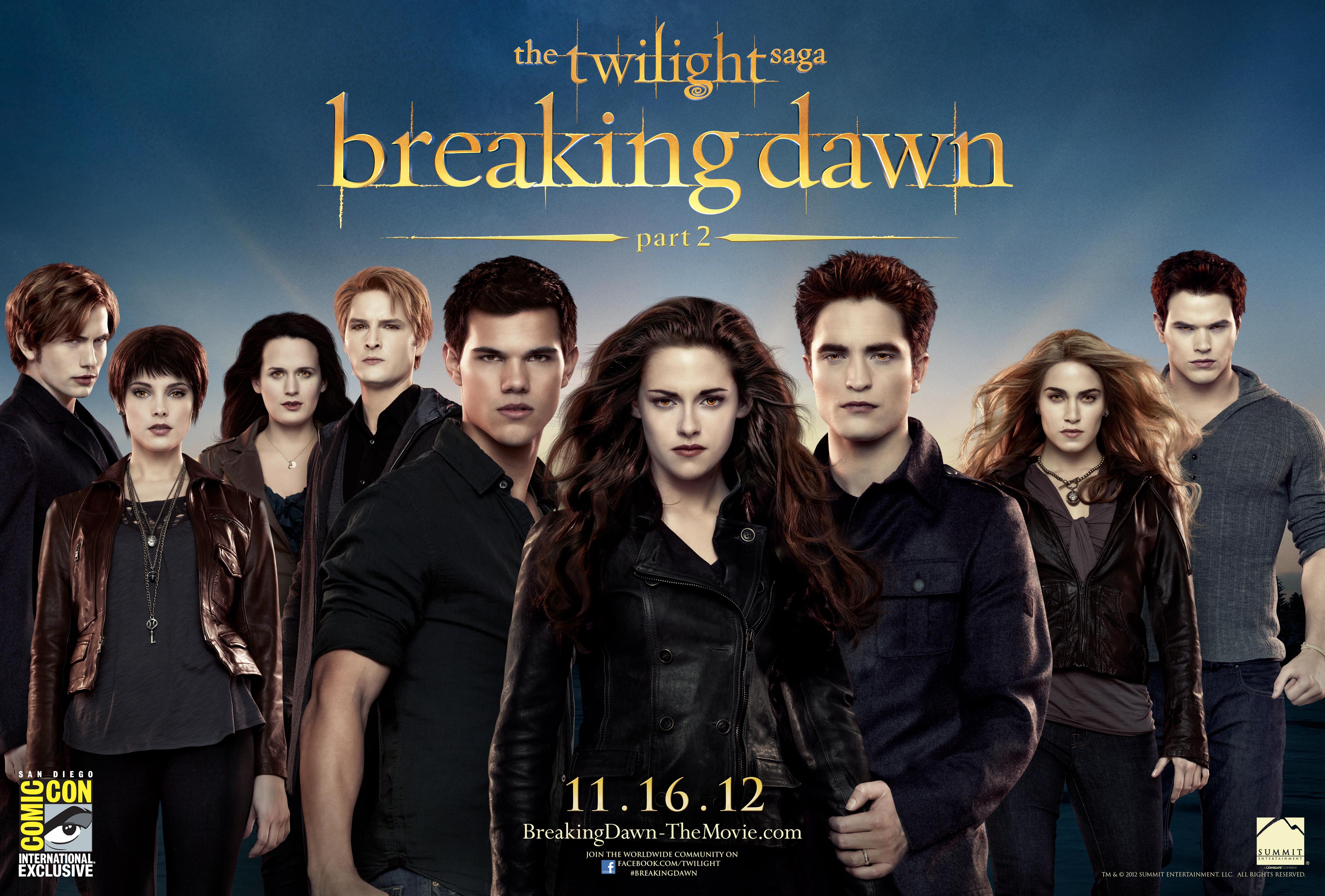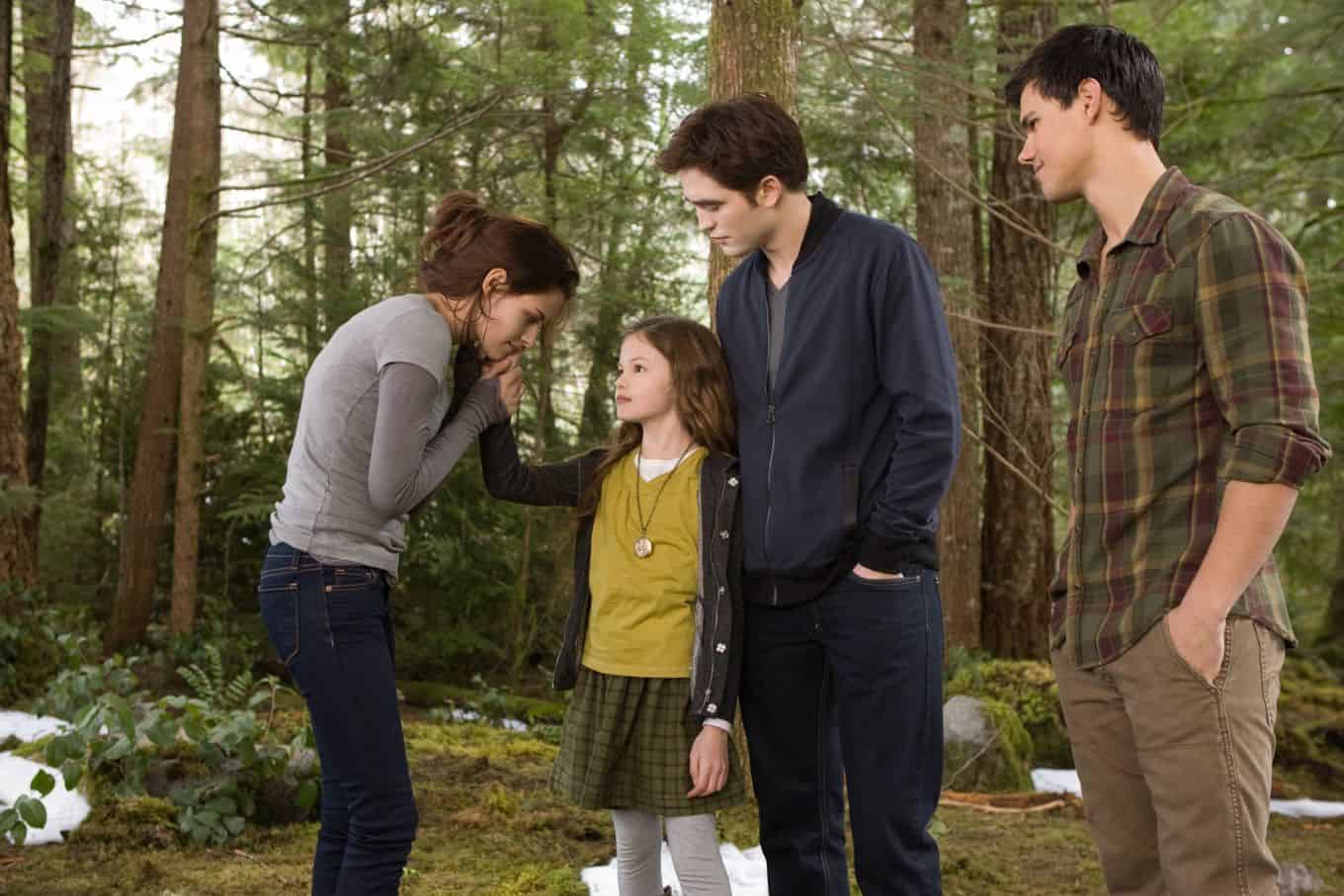OBS! THIS REVIEW MIGHT CONTAIN SPOILERS!
So last night my boyfriend texts me, saying we're gonna watch Sinister when I get home from work. Great, I thought, having waited for it for a couple of months now, despite not having read or knowing anything about it. Sometimes you just have that weird feeling that a movie's gonna be really good. And it was. Damn it was.
Ethan Hawke does the convincing and committed role of Ellison Oswalt, a true crime writer who's famous for his debut book Kentucky Blood, in which his reporting exposed some cracks in the local police department's murder investigation techniques. And as a result, cops don't like him very much.
With the idea for his new book, Ellisson knowingly moves his family (his wife Tracy, his 12-year old son Trevor and younger daughter Ashley) into a new house in Long Island, where the previous family was hung from a tree in the backyard. All but one. Their youngest daughter, Stephanie, is still missing. With the purpose of solving the murders and find the missing girl, Ellison sets up his ordinary office with a cardboard box wall of clues and evidence and starts the hunt for material for his new bestseller.
Stumbling upon a box of homemade Super-8 reels in the attic, each labeled with a disturbing title (BBQ '79, Pool Party '86, Sleepy Time '98), Ellison rigs up his home movie theater, pours himself a whiskey on the rocks and starts watching. Each of the 'snuff' footage shows a gruesome set up of a family being simultaneously murdered in sickening ways, suggesting that the murder Ellison is currently researching is the work of a serial killer whose work dates back to the 1960's.
Once the filmstrips have begun rolling the movie itself suddenly takes on a dark tone. After reviewing the films over and over, Ellison discovers a special mark and a demonic face that turns up on each of the footage. With the help of the Sheriff's deputy and a local occult professor, Ellison starts to piece together a gruesome murder puzzle. A puzzle which effects the entire family. Ellison's son starts having his night terrors again, his daughter Ashley starts painting images taken from the 8mm films on her bedroom walls and Ellison himself leaves his wife on the verge of a nervous breakdown watching him fall into pieces due to his obsession battling his paranoia.
Sinister skillfully uses fragments of the supernatural to underline its investigation of the human mind and foibles of paranoia and insecurity, and does so with originality and a few genuine scares that will make you wet your pants. Apart from the few jump-and-scare tactics (desynced in video/audio which gives them a nano second's head start to your brain), it builds and broods atmospherically on the evil and hostility that mankind is capable of. When the demonic face from the filmstrips is identified as not only Mr. Boogie, but as the pagan Babylonian deity Bagul - he is inevitably invited to continue his work, resulting in the final film, House Painting '12.
On a personal note, this has been the atmospherically creepy and frightening movie I've seen in years. Adding to the scare is the fact the while we were watching the movie with all the lights in our house off, the globe lamp that's placed on one of the taller stereo speakers next to the TV suddenly lit on its own. An hour later when we were in bed (I'd already fallen asleep and J was laying next to me, watching Netflix on his computer) a flashlight on our dresser at the other end of the room suddenly turned itself on.











